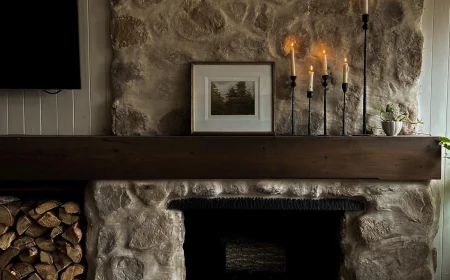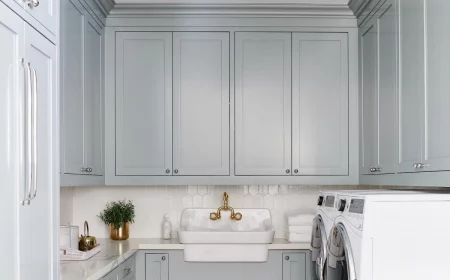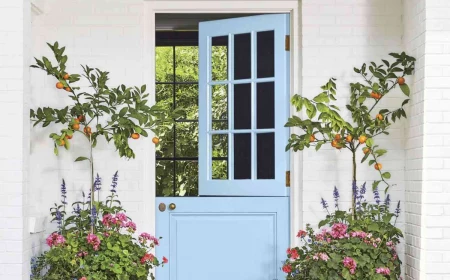Don’t Get Burned: An Engineer’s Straight-Talk Guide to Choosing a New Boiler
I’ve been installing and fixing heating systems for a long, long time. And if there’s one thing I’ve learned, it’s that the brand name on the front of a boiler is often the least important part of the equation. I’ve seen some boilers run like clockwork for what feels like forever, while others give up the ghost way too soon. The real difference? It all comes down to choosing the right type of boiler for your home and, just as importantly, getting it installed by someone who genuinely knows what they’re doing.
In this article
Think of your boiler as the heart of your home. It’s a major investment, and you want it to keep you warm for the next 10 to 15 years without any drama. So, this isn’t a sales pitch. My only goal is to give you the inside scoop—the stuff we talk about in the trade—so you can feel confident you’re making a smart choice.

First Things First: What Kind of Boiler Do You Actually Need?
Before you even think about brands or fancy features, you need to get your head around the three main types of boilers. Your choice here will depend on the size of your house, how much hot water your family uses, and what kind of system you already have.
The Crowd-Pleaser: Combination (Combi) Boilers
Combi boilers are, by far, the most popular choice these days, and for good reason. They heat water straight from the mains whenever you need it, so you get instant hot water without needing a big storage tank. This is a huge space-saver, making them perfect for smaller homes, apartments, or anyone wanting to reclaim their airing cupboard.
But here’s the catch. A combi boiler’s performance is completely tied to your home’s incoming water pressure. It can only heat the water as fast as it comes in. This means if you have a large family and try to run two showers at the same time, one is likely to turn into a disappointing trickle. A good engineer will ALWAYS test your water flow before even suggesting a combi.

Quick tip: You can get a rough idea of your flow rate yourself! Grab a big measuring jug or a bucket and time how long it takes to fill it from your kitchen tap on full cold. If you can get at least 10-12 litres in a minute, a combi is probably a viable option for you.
- Best For: Smaller homes with 1-2 bathrooms and decent water pressure.
- The Good: Saves space, highly efficient, and you never run out of hot water.
- The Not-So-Good: Can struggle with multiple hot taps at once and depends heavily on mains pressure.
The Powerhouse: System Boilers
If you live in a larger home with multiple bathrooms, a system boiler is probably what you’re after. These work by heating a large tank of water (called an unvented cylinder) that’s kept under pressure. Because you have a big reserve of hot water ready to go, you can run multiple showers and taps simultaneously without anyone yelling about the pressure dropping.

The main downside is, of course, space. You’ll need an airing cupboard or another dedicated spot for that hot water cylinder. The installation is also a bit more complex and requires an engineer with specific qualifications for working on high-pressure cylinders, so make sure to check their credentials.
- Best For: Larger homes with multiple bathrooms and a high demand for hot water.
- The Good: Excellent hot water pressure and flow; can handle a busy family’s needs.
- The Not-So-Good: You need space for the cylinder, and the installation is more involved (and a bit pricier).
The Traditionalist: Regular (or ‘Heat-Only’) Boilers
These are the old-school systems you’ll find in many older properties. They have a hot water cylinder, plus a big water tank in the loft and a smaller ‘feed’ tank. Honestly, we almost never install these from scratch anymore. Their main purpose today is as a like-for-like replacement in a home with a very old radiator system that might not be able to handle the high pressure of a modern, sealed system. Sometimes, trying to upgrade can cause leaks in old pipework, so sticking with what you know is the safest, most cost-effective bet.
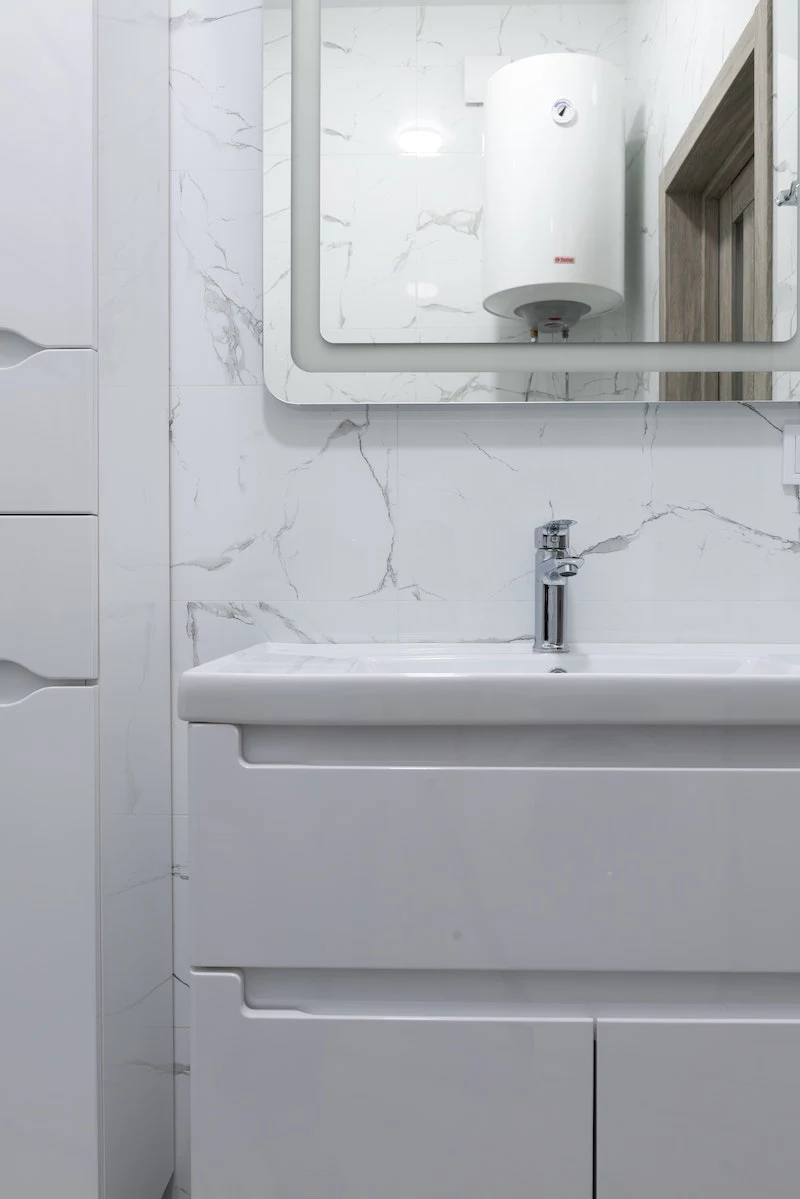
- Best For: Replacing an identical system in an older home with a delicate, low-pressure radiator setup.
- The Good: Compatible with old heating systems, avoiding a full (and expensive) overhaul.
- The Not-So-Good: Takes up a ton of space (loft tanks plus a cylinder) and generally provides lower hot water pressure.
Getting the Size Right is a HUGE Deal
One of the costliest mistakes I see is an incorrectly sized boiler. A lot of folks—and even some lazy installers—will just count your radiators and guess. This is flat-out wrong. A boiler that’s too powerful is just as bad as one that’s too weak.
A pro will do what’s called a ‘heat loss calculation’. We measure your rooms, look at your windows (single or double-glazed?), and assess the insulation in your walls and loft. This tells us exactly how much heating power (in kilowatts, or kW) your home needs to stay warm. For example, a typical older 3-bed semi might need a 24kW combi to handle both heating and hot water demands. But a brand-new, super-insulated apartment of the same size might only need a tiny 15kW model. See the difference? Guesswork leads to wasted money.
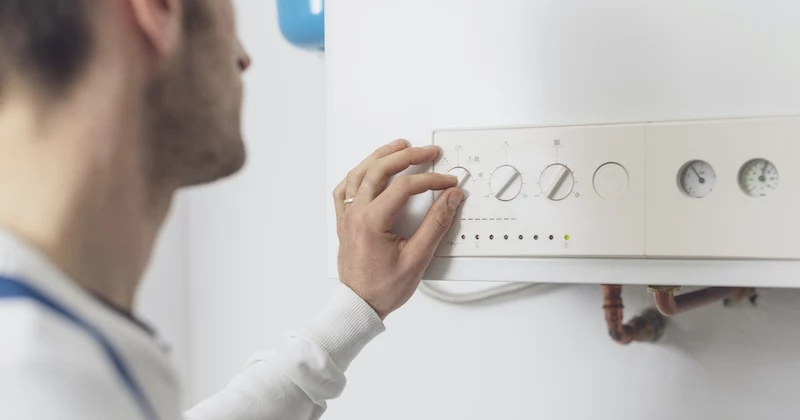
An oversized boiler will constantly fire up, blast heat for a few minutes, then shut off. This on-off-on-off cycle is called ‘short cycling’. It’s wildly inefficient (like driving in stop-start city traffic), puts massive wear and tear on the components, and can make your system noisy. Getting the size right means your boiler will run for longer, quieter, and more efficient periods, saving you money and extending its lifespan.
A New Boiler Needs a Clean System—No Exceptions
Putting a shiny new boiler onto an old, dirty heating system is like putting a brand-new engine in a car but leaving the old, sludgy oil in. It’s a recipe for disaster, and frankly, I refuse to do it.
Over the years, the inside of your radiators and pipes corrode, creating a thick, black metallic sludge. This gunk is the mortal enemy of a new boiler. It will clog up the delicate internal parts and kill it, fast. I once serviced a 3-year-old boiler that didn’t have a filter. The pump was choked with a thick black sludge that looked like tar. A simple £150 filter would have saved the owner a £400 repair bill.

So, before the new boiler is even connected, the system must be professionally flushed to get all that junk out. Afterwards, we fit a magnetic system filter. This is a small device that sits on the pipework and continuously catches any corrosive debris. Most manufacturers will actually void your warranty if you don’t have one fitted. It’s a non-negotiable part of a quality job.
The Boring but Critical Details: Flues and Drains
A boiler burns gas, and the exhaust fumes have to go somewhere. The pipe that gets them outside is the flue, and its placement is governed by strict safety rules. It has to be a certain distance from windows, doors, air vents, and your neighbour’s property. A good engineer will assess this on their first visit and explain your options clearly.
Another thing to watch for is the condensate pipe. All modern boilers produce a small trickle of acidic water that needs to be drained away. If this small plastic pipe runs outside, it can freeze in winter, which causes the boiler to shut down. To prevent this, make sure your installer uses a wider, insulated pipe for any external runs. It’s a small detail that saves you a massive headache on a cold morning.
What a Good Installation (and the Bill) Looks Like
So, what should you expect? A straightforward combi-for-combi swap usually takes a full day. A more complex conversion from an old regular system to a new combi can take two to three days because of the extra work removing tanks and re-piping.
Let’s talk about the bit everyone dreads: the cost. Be very wary of quotes that seem too good to be true, because they probably are. Corners are likely being cut.
- For a straightforward combi boiler swap, you should budget somewhere between £1,900 and £3,000. This depends on the boiler you choose and the condition of your system.
- For a more complex system conversion (e.g., removing old tanks to install a new combi), you’re looking at something in the region of £3,200 to £4,800 because of the significant extra labour and materials.
When you’re looking for an engineer, your goal is to find someone trustworthy. While I can’t recommend one brand over another, you’ll find that pros often lean towards brands like Worcester Bosch, Vaillant, or Ideal because they offer long warranties and spare parts are easy to get hold of, which is a big deal down the line.
Before you agree to any work, make sure the quote is fully itemised and that you’ve asked these critical questions:
- Have you done a proper heat loss calculation to size the boiler?
- How will you be cleaning my system before the installation? (The answer should involve a chemical flush and a powerful magnetic flush.)
- What specific magnetic filter are you planning to fit?
- Can you show me exactly how you plan to run the condensate pipe to prevent freezing?
- Are you Gas Safe registered, and can I see your ID card? (You can check their credentials online, too!)
Choosing a new boiler feels like a huge task, but it doesn’t have to be a nightmare. Armed with a bit of knowledge, you can see past the sales talk and focus on what really matters: a correctly sized boiler, installed with care, that will keep your home safe and warm for years to come.
Inspirational Gallery
- A warm and consistently comfortable home.
- Lower energy bills each month.
- Peace of mind knowing you won’t face a sudden cold shower.
The secret? It’s not just the boiler, but the system’s ‘magnetic filter’. An installer should fit one like a MagnaClean Professional2. This small device traps the metallic sludge from old radiators, preventing it from circulating and clogging the vital, narrow waterways of your new high-efficiency boiler, ensuring its longevity and performance.
What exactly is a ‘power flush’ and do I really need one?
Think of it as a deep clean for your central heating system. Over years, sludge and debris build up inside your radiators and pipes. A power flush involves a high-flow, low-pressure machine pumping water and cleaning chemicals through the system to dislodge this gunk. For a new boiler, it’s critical. Installing a pristine, high-tech unit onto a dirty old system is the number one cause of premature failure. A reputable engineer will almost always insist on it to validate the boiler’s warranty.
According to the Energy Saving Trust, heating alone accounts for about 55% of what you spend in a year on energy bills.
This single statistic highlights why choosing an efficient boiler isn’t a minor detail—it’s the most significant decision you can make for your home’s running costs. Upgrading from an old ‘G-rated’ boiler to a modern ‘A-rated’ condensing model can cut this part of your bill by more than a third, often saving hundreds of pounds annually.
Stainless Steel Heat Exchanger: Found in premium boilers like those from Viessmann or Intergas, these are highly resistant to corrosion and can handle a wider range of water conditions. They are built for maximum durability, often reflected in a higher price point.
Aluminium Heat Exchanger: The choice for many excellent mid-range boilers, including models from Ideal and Baxi. They are fantastic at transferring heat (meaning great efficiency) but are more sensitive to water quality, making a system filter and regular servicing absolutely essential.
Once the engineer is gone, your main point of contact with your boiler will be its thermostat. Don’t overlook this component. Upgrading to a smart thermostat like a Google Nest, Hive, or Tado allows you to:
- Control your heating from your smartphone, wherever you are.
- Set intelligent schedules that learn your household’s routine.
- Benefit from features like ‘geofencing’, which automatically turns the heating down when the last person leaves home.
A boiler’s warranty is only as good as the conditions you meet.
Don’t get fixated on the price of the boiler unit itself. Often, this only accounts for 40-50% of your final bill. The installer’s quote must also cover labour, a system flush, a magnetic filter, any necessary new pipework, a wireless thermostat, and the safe disposal of your old unit. A cheap quote might be cutting corners on these essential extras, which will cost you far more in the long run.
Crucial questions for your installer: Before you agree to any work, make sure you have clear answers. Are you on the Gas Safe Register? (Ask for their ID number). Is the price you’ve quoted fixed? Will you be performing a chemical or power flush? What specific make and model of boiler and filter are you proposing? How long is the warranty on your installation work, separate from the manufacturer’s warranty on the boiler?
You might see the term ‘Hydrogen-Ready’ on new boilers. Don’t worry, this doesn’t mean you need a new fuel source today. It simply means the appliance, like many from leading brands such as Worcester Bosch and Vaillant, is designed to run on natural gas now but is also certified to run on a future blend of up to 20% hydrogen without any internal changes. It’s a small element of future-proofing your investment.


